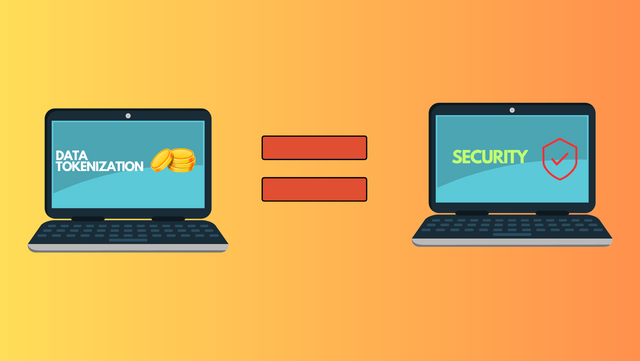
I would like to start this blog by asking all of you guys a question: "When you first entered the crypto space, what were some of the questions that you had?" Personally, among the many questions I had, I recall being particularly curious about one concept: how data tokenization works.
When I first started exploring the crypto space, data tokenization was a concept that really intrigued me. I had heard about it in various discussions and articles, but to really understand data tokenization, I decided to delve deeper into the topic and educate myself. I read numerous articles, watched informative videos, and even attended webinars conducted by experts in the field. The idea, though, seemed challenging despite my best attempts. But then while discussing crypto stuff with a friend who was well-versed in the subject, I shared my confusion about data tokenization. To my surprise, they shared an interesting narrative that made the concept much more relatable and understandable.
That friend compared data tokenization to a digital certificate of ownership for a physical asset. They explained that just as a certificate proves ownership of a valuable item, data tokenization acts as a digital certificate that represents ownership or access rights to a specific piece of data.
What Is the Main Goal of Data Tokenization?
Data tokenization simply aims to enhance data security and privacy. This is achieved by replacing sensitive data with distinct tokens, which helps to secure the information from unauthorized access. In addition, tokenizing data can also help organizations meet regulatory requirements and comply with data protection laws.
What’s the best thing about data tokenization is that it enables secure and controlled data sharing between trusted parties. Instead of sharing original data, which carries a higher risk of unauthorized access, tokenized data can be safely shared, ensuring that only authorized parties have access to underlying information
Lastly, by tokenizing data, individuals or organizations can retain ownership while allowing others to access or use that data for specific purposes. This can facilitate micropayments, where token holders can be rewarded for sharing their data or granting access to it.
Overall, By employing data tokenization, the risk of data breaches is reduced, and the effects of any security incidents are minimized.
Author’s Note
If you are a beginner and data tokenization is one concept that you also find intriguing, I hope this blog has somehow shed some light on how it works and the objective behind it. If you find it insightful, please give this blog a thumbs up.